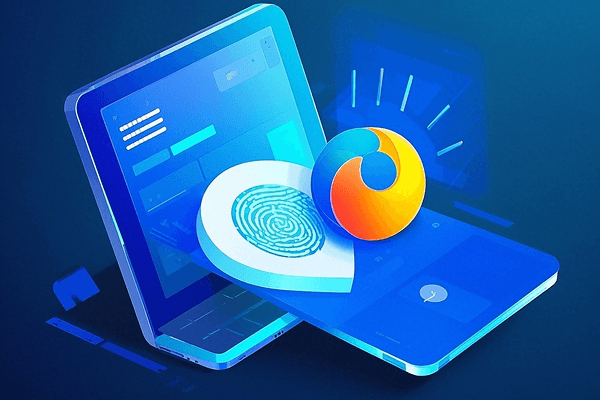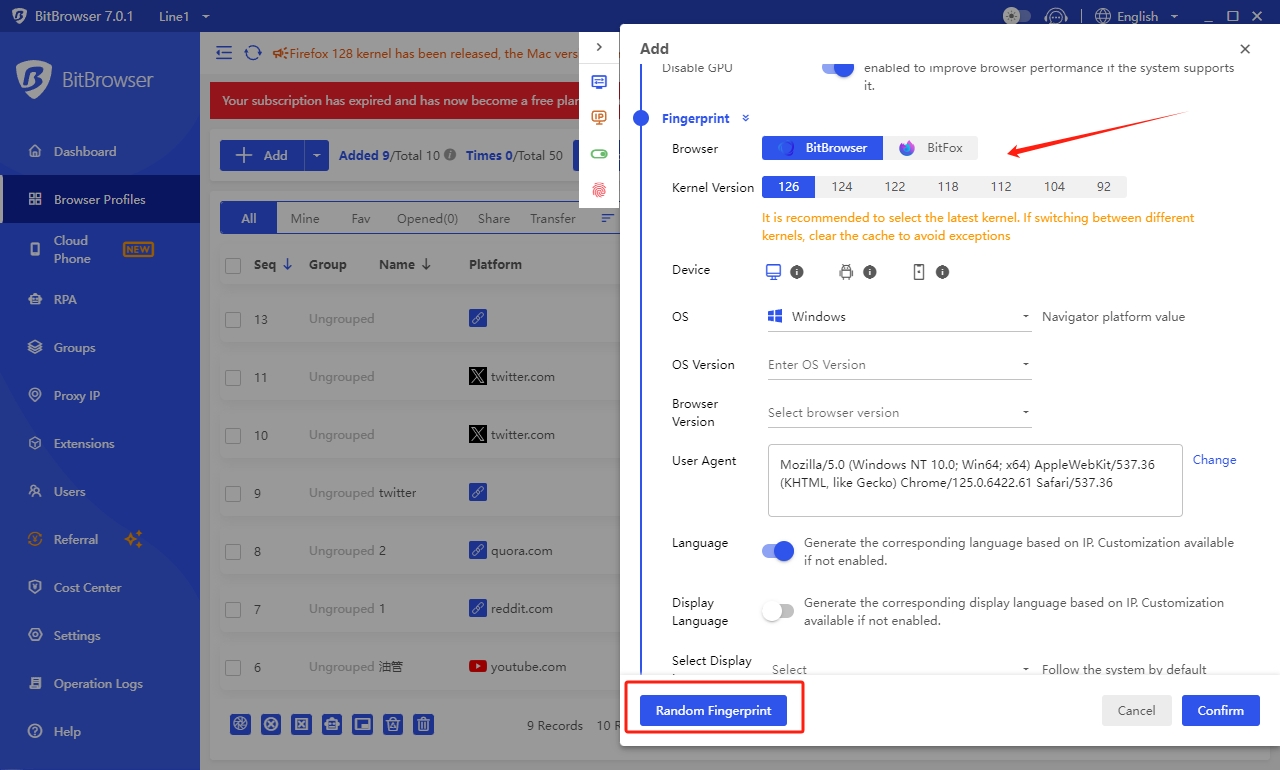
Hot Picks
How to run Facebook ads in 2025? Ideas

Hot Picks
How to promote on Amazon? Sharing various promotion methods

Hot Picks
Choose BitBrowser for fingerprint browsers, and look for the only official website: bitbrowser.cn
How fingerprint browsers avoid cookie tracking
Time: 2024-08-29 18:43 Click:

Data security has become a growing focus of users. With the continuous development of network technology, tracking technologies such as cookies have been widely used, allowing users' browsing behaviors and habits to be tracked by websites and service providers. However, the emergence of fingerprint browsers provides users with an effective means of protection to help users avoid cookie tracking and protect personal privacy.
How fingerprint browsers work
The fingerprint browser is based on device fingerprint technology. It generates a unique device fingerprint by collecting and analyzing the hardware and software configuration information of the user's device (such as operating system, browser version, screen resolution, installed plug-ins, etc.). This fingerprint is used as the unique identifier of the device to distinguish different devices and users. Unlike traditional browsers, fingerprint browsers can simulate multiple different browser fingerprint information, making each browser instance look independent, thereby effectively preventing tracking by websites or service providers.
How to avoid cookie tracking
Cookies are small text files that store data between web browsers and web servers to track user activities and status. However, fingerprint browsers do not rely on cookies to distinguish users or devices. For example, the Bitbrowser modifies the Chromium kernel to achieve environmental isolation and fingerprint camouflage, so that each browser instance has unique fingerprint information. In this way, even if the website or service provider tries to track the user through cookies, it will not be able to accurately identify the user's real identity and device information due to the disguise of the fingerprint browser.
Practical application and advantages
In the fields of cross-border e-commerce, online marketing, etc., users often need to manage multiple accounts, and traditional browsers often find it difficult to avoid the association between accounts. Fingerprint browsers help users log in and use multiple accounts at the same time by simulating different browser fingerprint information, avoiding the association and ban between accounts, and improving operational efficiency and security.
In addition, BitBrowser can also effectively protect personal privacy. By modifying or disguising browser fingerprint information, users can prevent websites or applications from tracking their behavior and protect their personal privacy from being violated. This is undoubtedly a very practical tool for users who pay attention to personal privacy and data security.
Conclusion
The fingerprint browser successfully avoids the tracking of traditional tracking technologies such as cookies through its unique working principle and technical means. It not only provides users with a safer and independent browsing environment, but also helps users effectively manage multiple accounts, improving operational efficiency and security. With the continuous development of network technology, fingerprint browsers will play an increasingly important role in the field of personal privacy protection and data security.

 Multi-Account Management
Multi-Account Management Prevent Account Association
Prevent Account Association Multi-Employee Management
Multi-Employee Management



